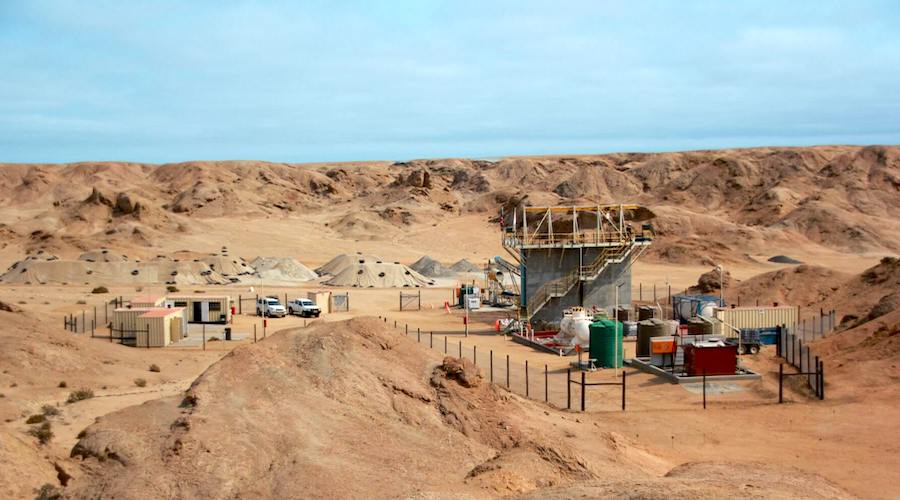Aussie mining boom is far from bust – shift to operational stage will see better spreading of benefits

Jeffrey Wilson from Murdoch University’s Asia Research Centre has written a thorough and trenchant analysis of recent changes in the Australia mining industry, providing a lucid counterpoint to the ongoing spate of claims that the industry is bust.
Writing for the Conversation Wilson notes that pessimism over the Australian resources boom has become widespread in both media and policy circles of late, with even the Asian Century White Paper expressing misgivings over the country’s economic dependence on mineral exports.
Wilson points out, however, that those who have made haste to proclaim an end to the Australian mining boom, including the country’s resources minister Martin Ferguson in August, have overlooked the fact that a mining industry traditionally passes through three disparate stages of development, and that the current shift from a development to operational phase does not necessarily bode ill for Australians or the broader economy.
According to Wilson mining industries generally pass through three stages of development. The first is the design stage, when mining companies identify unsatisfied demand and determine whether or not to launch new projects.
The second is the development stage, when investment capital is raised and mines are actually built, and the third is the operational stage, when projects are completed and commence operation, producing minerals for sale and export.
Wilson asserts that Australia is now transitioning from the development stage to the operational stage, and that the nature of the industry as well as the benefits it generates are also set to change in tandem.
While the development stage generates the greatest amount of employment as the most labour-intensive chapter in a resource sector’s growth, its benefits are largely confined to mining regions themselves and withheld from the broader community.
During the operational phase fewer workers are required to actually run the mines which can adversely affect the economies of mining regions. The broader economy, however, finally begins to enjoy the benefits of the boom as investors obtain long-awaited dividends and both state and federal governments obtain royalty and tax payments.
For these reasons Wilson consider talk of a bust in the Australian mining industry to be grossly over-stated:
The resource boom is not turning to bust. Rather, the investment- and employment-heavy development stage is winding up. Announcements of new capital expenditure by mining companies will become less frequent, while cost saving exercises will become more common. But this is hardly the alarmist scenario that some in industry and the media have portrayed.
In contrast to alarmist talk of Australia’s over-dependence on the mining sector and the dire ramifications of an industry-wide bust, Wilson believes the transition to an operating stage will better disseminate the benefits of Australia’s resources bounty:
For the broader Australian community, this is the stage where the real benefits of the boom are reaped. Company revenues translate into mineral royalties and tax payments, which give individuals and communities not directly tied to mining a share of the industry’s spoils.
A recent list compiled by WA Business News of iron ore projects in the state of Westerl Australia appears to also give lie to the notion that the region’s mining boom is running short of momentum.
More News
{{ commodity.name }}
{{ post.title }}
{{ post.date }}



2 Comments
FIFO 1
GET RID OF THE SPAM ADVERTISING OVER THIS ARTICLE!
Teddy
I think he should go back to the tea room for more gossip, academic waffle is all very well but how many people on the ground has he spoken to?
Australian mining has had a boom time when nothing could stop it from making money, dig a hole and take out the money, did not matter what it cost just take it out.
That phase has finished, there are still lots of minerals but they will now have to be better businessman and money will be tighter
The thing that is busted is the boom not the mining industry, now it will be a hard grind and as in any market some will make a lot of money and some will go bust